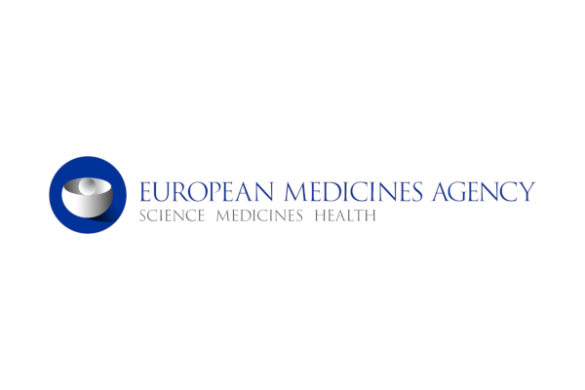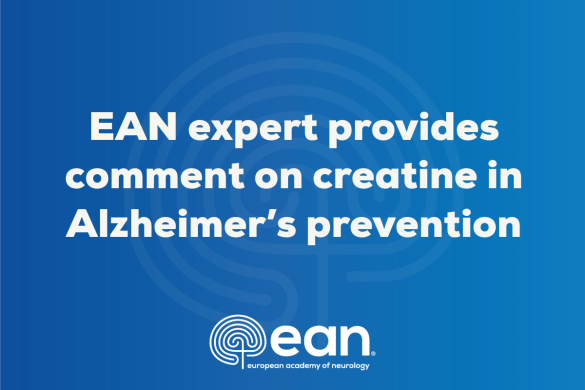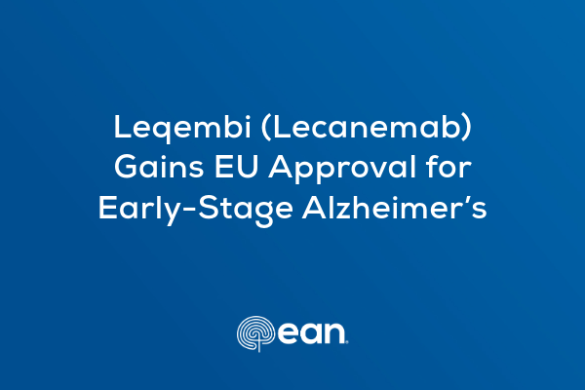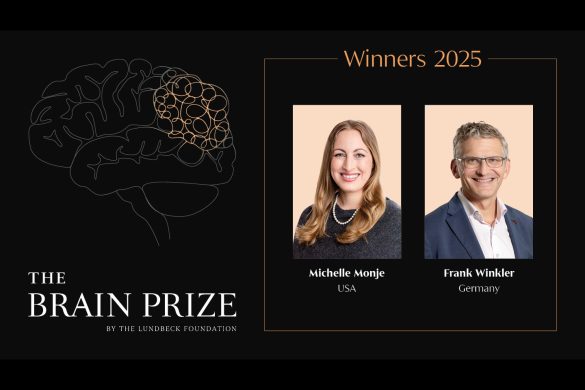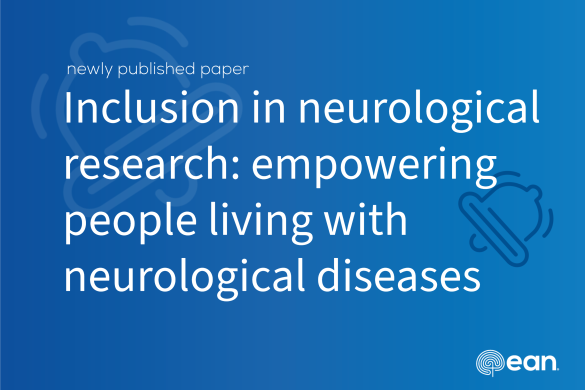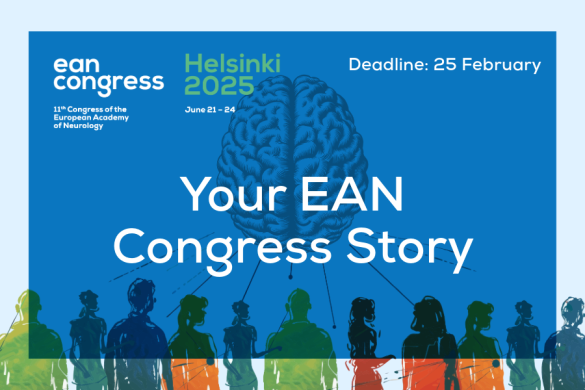This document aims to update and clarify some emerging issues in the EAN guideline production, and introduces temporary solutions to unclear points in the guideline production process.
State of the art and suggestions for the next two years
I. State of the art
EAN guidelines (GL) are currently suggested and prepared by ad-hoc Task Forces, usually appointed by the Scientific Panels, according to a well-established procedure.
The Guideline Production Group (GPG) is in charge of controlling the guideline production process and offers methodological assistance. The new GPG was appointed in late 2018 and started working in February 2019. It now includes 10 members[1].
Since then, 3 new guidelines were published in European Journal of Neurology, 5 are submitted, 16 are ongoing, and 2 are at the protocol stage. Six further proposals have been recently accepted. This represents a substantial increase of the workload compared to the previous term (10 GL in the pipeline in 2016).
The methodological skills for developing GL vary among the EAN Task Forces, and several scenarios are currently ongoing, including direct involvement of the GPG, collaboration with individual methodologists, local evidence-based agencies, or the Cochrane Collaboration, with variable costs. A cost evaluation will be done at the end of this first flow of guidelines, with a procedure to be defined.
II. Suggested changes to the guideline production review and approval process
We believe that the reference to the published flow chart (Leone et al Eur J Neurol. 2015;22:1505-10), explaining the whole process of GL production, has highly improved the process itself. For example, all new GLs now have a protocol, which was not requested until 2016. The recently updated flow chart (which you can find on the EAN website in the downloads are: https://www.ean.org/research/ean-guidelines), introduces some novelties to be considered for the Task Forces who will produce new EAN GL:
- Clarification of misunderstanding between a guideline proposal, which provides initial information on the planned project and refers to member selection, geopolitical balance, agreement between Societies, and must be approved by the President, Scientific Committee (SC) and GPG chairs, and the follow-up document – protocol – which is a “technical” document overviewed and approved by the GPG.
- Shortening of the time for SC evaluation of both protocol and finalised manuscript: 10 days on a tacit consent basis.
- Publication of the final guideline on the EAN website for 15 days period for EAN members to comment on (external review). This preprint version will be marked as a draft and can be used only for discussion between EAN members and the authors (i.e. it cannot be printed and disseminated). Comments will be collected and sent to the authors, who will decide whether to consider them for the GL.
- European Journal of Neurology (EJoN) allows 6,000 words (excluding title page, abstract, figures, tables, legends, references, acknowledgements and conflicts of interest), up to 100 references, 8 tables and figures, and online supplements.
- Indication of the date of acceptance by the GPG and SC in the manuscript.
- GLs are submitted to EJoN only after the final EAN acceptance is provided.
- Starting in April 2020, the GPG will select examples of good guideline protocols for publication in EAN Pages. We think this will further improve the protocols’ quality.
- A letter will be sent to each National Society with information on the new EAN guideline in order to encourage its dissemination. The publisher of EJoN agreed to allow National Societies to translate GL (see VI).
III. Budget
For each guideline up to 13,000 Euros are allocated, once the proposal is accepted. This allows two meetings to be held, taking place ideally at the initial stage and before finalising the manuscript. The EAN Head office in Vienna has a meeting room which can accommodate up to 25 persons. The EAN Head Office can assist with organising the meetings. The EAN Head office also offers to create a Task Force group space on MyEAN with a possibility of organising telephone conferences (via GoToMeeting app). The Task Force is welcome to meet also at the EAN annual congress, where a meeting may be arranged upon request. Further financial support is possible, provided that the budget meets with EAN approval.
IV. Methodological issues
During the last years, a substantial number of new methodologies, critical issues, shortcomings, have been raised both by the Task Forces and the GPG itself, and several different solutions have been tried out and are ongoing. Several EAN members have suggested not to use GRADE in difficult contexts (such as rare diseases) and to use only expert consensus methodologies.
The GPG strongly argues that EAN guidelines must always have the highest level of quality. GRADE offers (through the Evidence to Decision framework) an opportunity of making recommendations also when the certainty of evidence is low or very low. Furthermore, some decisions do not have to be necessarily GRADED (Good Practice Statements), but nevertheless, follow the GRADE principles (see the 7 points in Guyatt GH, Guideline panels should seldom make good practice statements: guidance from the GRADE Working Group, J Clin Epidemiol. 2016; DOI: 10.1016/j.jclinepi.2016.07.006).
Additionally, the same group published methodology for diagnostic questions, which should aid the publication process of EAN diagnostic guidelines (https://www.gradeworkinggroup.org).
We consider it appropriate that some PICOs (ideally not more than 10%) may be addressed by an expert-based consensus procedure, but only if the lack of evidence is clearly demonstrated. In these cases, research recommendations are encouraged.
However, there is still the issue of disorders where evidence is lacking for almost all PICOs. Only in this case, would the document be named “EAN consensus” rather than “EAN guideline”.
Meanwhile, the GPG continues to help with additional statistical methods. At present, we are not able to offer routine assistance with literature search.
Sometimes new important evidence becomes available after the guideline is completed. Therefore, each Task force is invited to write an addendum/statement reporting on the recent important evidence.
V. Endorsements
EAN may consider endorsement of guidelines by other societies, but only after it meets with internal approval (GPG, SC, relevant Scientific Panel/s and Board).
Other papers, such as position statements, systematic reviews, and similar documents are not dealt with by the GPG and are forwarded to the Scientific Panels for evaluation.
VI. Translation of guidelines in different languages
An informal agreement has been reached with Wiley (and EJoN Editor-in-chief) to permit translation of EAN guidelines into national languages. Although a formal process of adoption or adaptation should be a preferable option, EAN supports the idea to translate guidelines, in order to make them accessible to the broadest audience possible. It is important that translated guidelines are published only in official society journals or those that are well-known, and not in the minor ones. Each National Neurological Society should organise translation themselves. The quality of translation is the responsibility of each National Neurological Society. A copy of the translated guideline must be sent to the EAN Head office.
The issue of fees for translation is to be arranged between the Society and Wiley. Wiley is ready to offer guidelines free-of-charge under special circumstances.
VII. Why and how to include the patient point of view in future EAN Guidelines
The most important attribute that patients bring to guideline development is their direct experience of living with a condition, either through personal experience or as a carer. Where peer review of new guidelines by external individuals is a routine part of the process of guideline development, patients or patient advocates should also be included as expert reviewers.
Patients can offer relevant experience of a condition and the issues that matter to patients, and they often reflect the experiences of a wider group of people with a condition. Patients will provide valuable input to:
- Issues that are important to patients, such as the medicines, treatments, or advice that they think are important.
- Recommendations about treatments that are in current use but may not be considered by patients to be effective, acceptable or tolerable.
- Groups of patients who might need particular consideration given their circumstances (for example, because of particular details of their condition, or because of factors such as their age, disability, culture, ethnicity or gender).
- Patients’ needs for information and support specific to the condition.
- Wording of the guidelines: does this enable partnership between patient and health care professional?
- Patient safety and patient reported outcome measures (PROMs) and patient reported experience measures (PREMs) where relevant.
Patient involvement in guideline development has three main rationales: more patient-centred healthcare provision, more democratic healthcare policy-making and quality improvement of care and policy. Being aware of these different rationales can be helpful to manage divergent expectations that participants may hold. The goal of better patient involvement depends on the mutual interrelation between patient organisations on the one hand and readiness to accept patient involvement by scientific societies and bodies on the other hand.
Training patients and healthcare providers in why and how to include the patient point of view in guideline production could be considered to ensure that both parties are aware of how to best integrate this perspective in the work.
VIII. Managing conflicts of interest for the Task Forces for Guideline Production
GLs are a major source of advice for physicians to optimally treat their patients. Therefore, GLs must fulfill the highest standard of scientific rigour but also exclude unwanted influence from third parties (industry, healthcare providers including private companies, administrators, insurance companies) in the field of managing patient care.
This may be the case of a company which wants its products to receive favourable judgement in the final guideline, but also of non-physician managers dealing with healthcare in hospitals, governmental bodies judging on healthcare approval of medical products or services, health insurance companies and other stakeholders in the broader field of healthcare.
On the other hand, a desire for influence comes from patients in the field, but this is integrated in the EAN-guideline production process and the kind of influence is outlined in this document (see VII).
In 2019, the GPG has finalised the following rules for managing of Conflict of Interests (COI). These rules are constantly under development and the present rules will be adapted whenever necessary.
- Every Task Force should manage COI within its Committee. The COI report is sent to the Ethics and Quality Assurance Task Force (EQTF) and reviewed there for compliance with EAN rules. The EQTF sends a confirmation of acceptance to the Chair of the Task Force and the Head Office.
- Rules for each GL Task Force:
- At the beginning and whenever new COI matters from members arise, the GL Task Force should collect all Register of Interest Forms (RoIF) from its members. These RoIFs are collected by the Chair and reviewed.
- The GL Task Force should have a teleconference on the content of the RoIFs and decide how to deal with each of the RoIFs on an individual basis. Typically, an individual having a COI in a specific area should have the right to speak on this topic and to help write the specific topics but not to vote on the final acceptance of a recommendation. It may also be the case that the GL member who has a conflict regarding a specific question should not write the specific part of the GL in question. Other actions may be taken by the GL Task Force and need to be specifically addressed in the COI report. The COI report, if approved by the EQTF, is then included in the methods section of the GL.
- We are aware that there are different rules in different organisations. We have discussed these rules and feel that the GL group as a whole is responsible for the final product, and, also for GLs, peer-to-peer review is in our view the most powerful actions against bias.
XI. European Journal of Neurology and GL publication process
The finalised guideline can be submitted to the European Journal of Neurology, only after is has been official approved by the EAN Guideline Production Group and Scientific Committee.
The guideline will be processed as quickly as possible and, in the meantime, the EAN and Wiley teams will work on marketing opportunities. Once published, the GL will be added to the EAN Guideline Reference Center.
For joint guidelines, dual publication is possible; however, this must be agreed upon at the initial stage of guideline production. A contract should be created between the two or more parties (societies/publishers) and Wiley. All parties will need to agree on a time and date for simultaneous publication.
EAN guidelines are free to view, not Open Access.
Written by EAN
Guideline Production Group
[1] In case of any questions, you can reach the GPG under scientific@ean.org.




